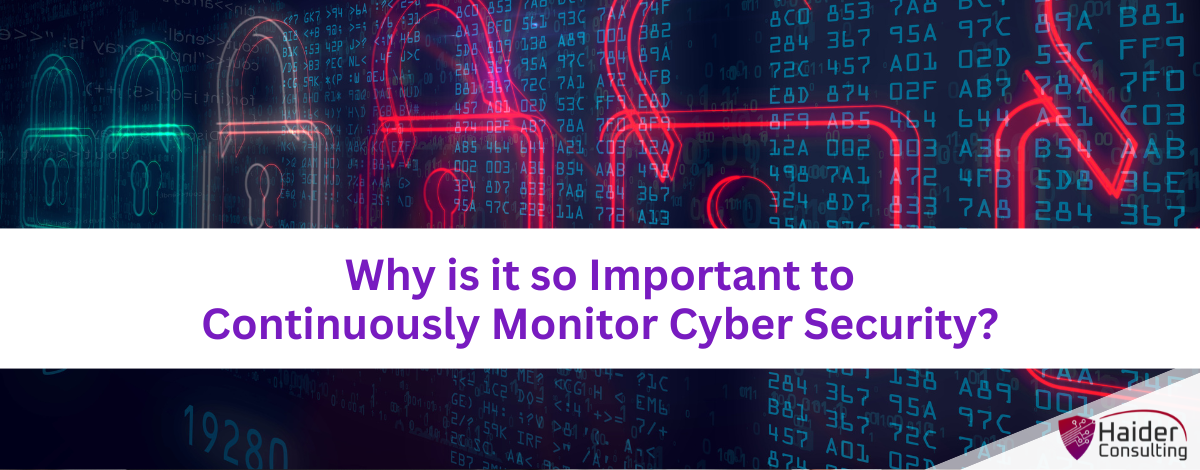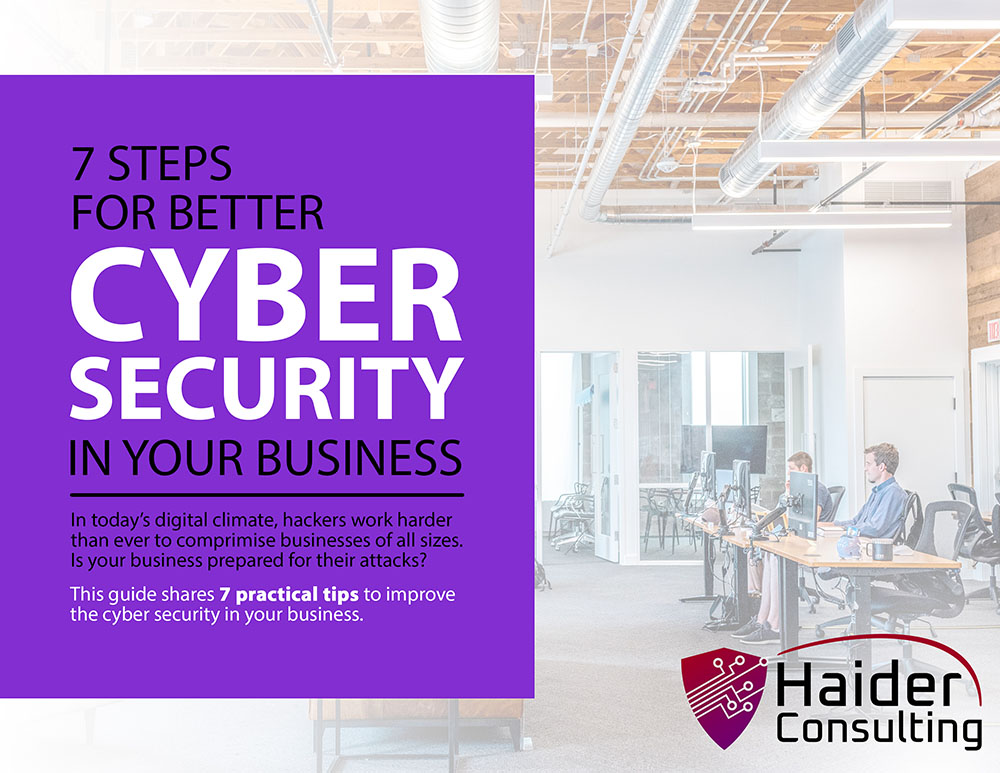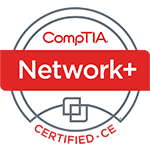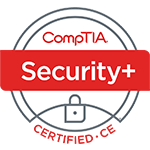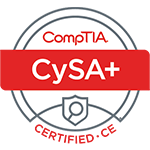Imagine you’re leaving for vacation, confident that your home in a risky neighborhood is secure because you trust your locks. But if you don’t check them regularly, how can you be sure? Does the dead bolt actually turn all the way in? Do the windows properly latch? Any small flaw or unseen weakness could be a disaster waiting to happen.
This is similar to the risk of not continuously monitoring your cybersecurity. Cyber threats are always changing, and old security methods don’t cut it anymore. Continuous monitoring works like a watchful guard for your digital space, constantly checking for weaknesses and alerting you before attackers can take advantage of them.
Why Continuous Monitoring Matters
Continuous monitoring is essential, not just a nice option. Here’s why it’s crucial for businesses of all sizes to keep a close watch on their networks:
Breaches Happen Quickly
Cyberattacks occur quickly, exploiting weaknesses before you’re even aware of them. Continuous monitoring offers real-time data, helping you spot and address threats fast to reduce damage.
Advanced Threats Require Advanced Defenses
Hackers are always creating more complex methods that might evade basic security measures. Continuous monitoring provides a deeper analysis of network traffic, user actions, and system records to detect threats hidden inside your network.
Compliance Is Often Required
Many regulations and privacy laws mandate continuous monitoring for organizations. Not complying can lead to large fines and damage your reputation.
Peace of Mind and Cost Reduction
Continuous monitoring prevents expensive breaches and reduces downtime. It also lightens the load for security teams by automating routine tasks, freeing them to focus on more important projects.
What Is Continuous Monitoring?
Continuous monitoring involves multiple strategies working together, not just one tool. Here’s what it typically includes:
- Log Management: This involves gathering and examining security logs from firewalls, devices, and applications to spot any unusual activities.
- Security Information and Event Management (SIEM): SIEM systems pull security data from different sources, offering a unified view of your security status and pinpointing possible threats.
- Vulnerability Scanning: Regular scans help find and fix weak spots in your systems and applications before they can be exploited.
- User Activity Monitoring: This tracks user actions to detect suspicious behaviors like unauthorized access attempts or unusual data transfers.
- Network Traffic Analysis: By analyzing network traffic, you can detect threats such as malware, unusual communication patterns, or attempts to breach your network.
Other Benefits of Continuous Monitoring
Continuous monitoring not only detects threats but also offers other significant benefits:
More Accurate Threat Detection
Continuous monitoring improves the accuracy of identifying real threats by analyzing large data sets. This reduces false alarms, helping your security team focus on real issues.
Quicker Response to Incidents
With continuous monitoring, you get instant alerts about security issues, allowing for faster responses and reducing the impact of any security breaches.
Better Overall Security
Continuous monitoring helps find security weaknesses, allowing you to prioritize fixes. This proactive approach significantly strengthens your security.
Easier Compliance Reporting
Continuous monitoring systems can produce reports automatically, making it easier to show you’re meeting regulatory requirements. This can save time and resources during audits.
How to Get Started With Continuous Monitoring
Starting continuous monitoring can feel like a daunting task, but it doesn’t have to be. Just start with a few of these simple, commonsense steps:
Understand Your Needs
First and foremost, you need to figure out the specific security and compliance needs of your organization. Start with a cybersecurity assessment to pinpoint any weak spots that need attention. This is one of the best ways to get started and find what vulnerabilities you need to prioritize.
Selecting the Right Tools
Pick monitoring tools that fit your needs and budget. Consider using managed security service providers (MSSPs) for a comprehensive approach. We can help you create an effective cybersecurity strategy that fits your business’ needs for security and compliance.
Creating a Monitoring Plan
Plan out your monitoring strategy to make sure nothing is overlooked. Your plan should cover:
- The methods for tracking data
- The process for managing alerts
- The responsibilities for responding to incidents
Training Investment
Educate your security team on using the monitoring tools and responding to alerts properly. Include training on how to generate and interpret reports from these systems, so your team can fully understand and utilize the insights provided.
Continuous Monitoring is Essential for Cybersecurity
In the current digital environment, continuous monitoring is crucial, not optional. It helps you spot threats quickly, respond faster, and lessen the damage from cyberattacks.
Waiting for a security breach before taking action is too risky. Start continuous monitoring now to strengthen your cybersecurity defenses. Remember, preventing problems before they happen is key in protecting your digital space.
Need Assistance with Your Cybersecurity Strategy?
Monitoring is just one component of a comprehensive cybersecurity approach. We’re here to help safeguard your business with a customized plan that fits your specific needs and budget.
Reach out to us today to talk about how we can assist you! You can schedule a call at the link below:
Book My 17-Minute Call